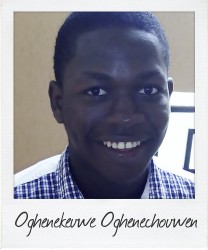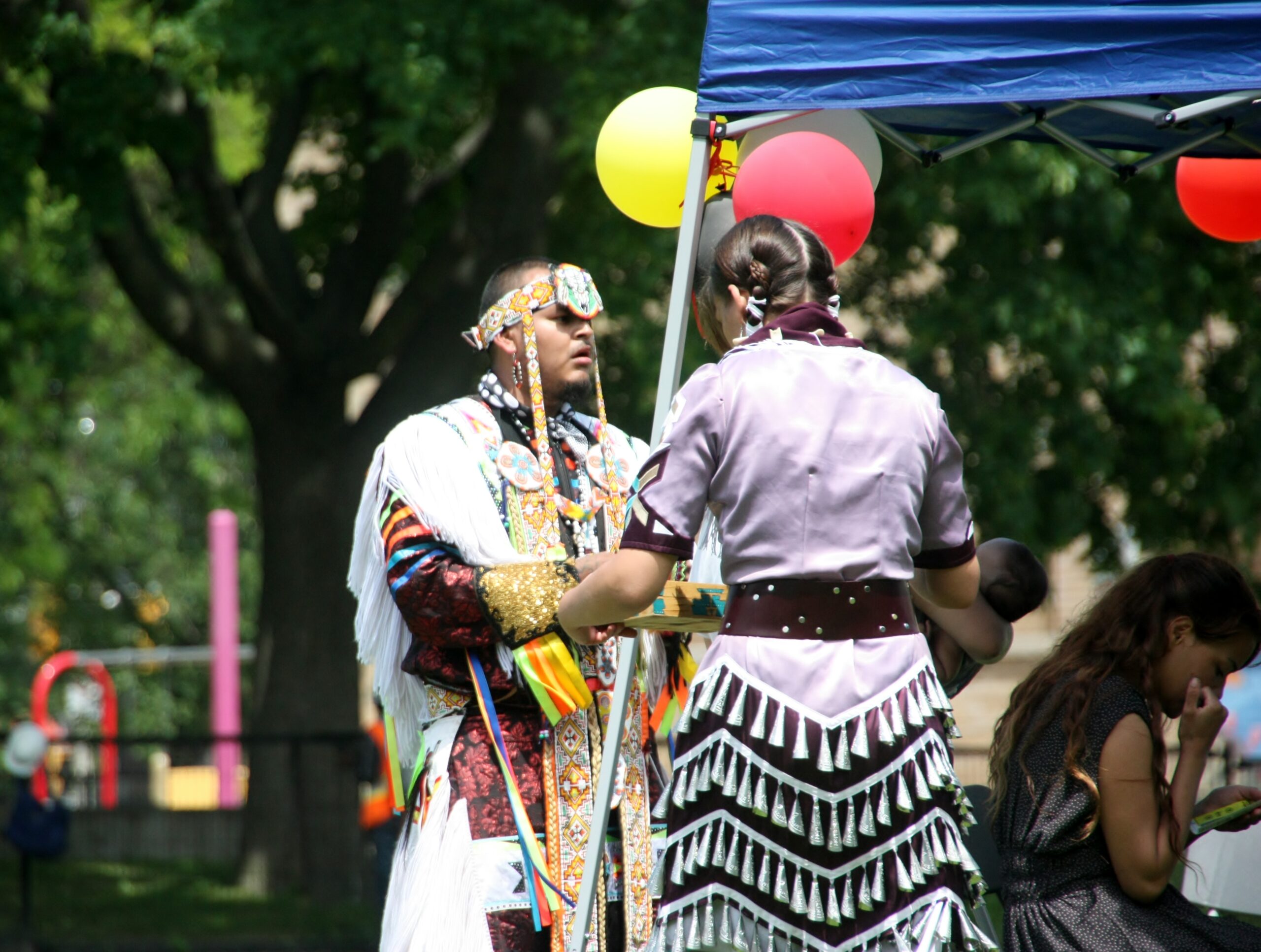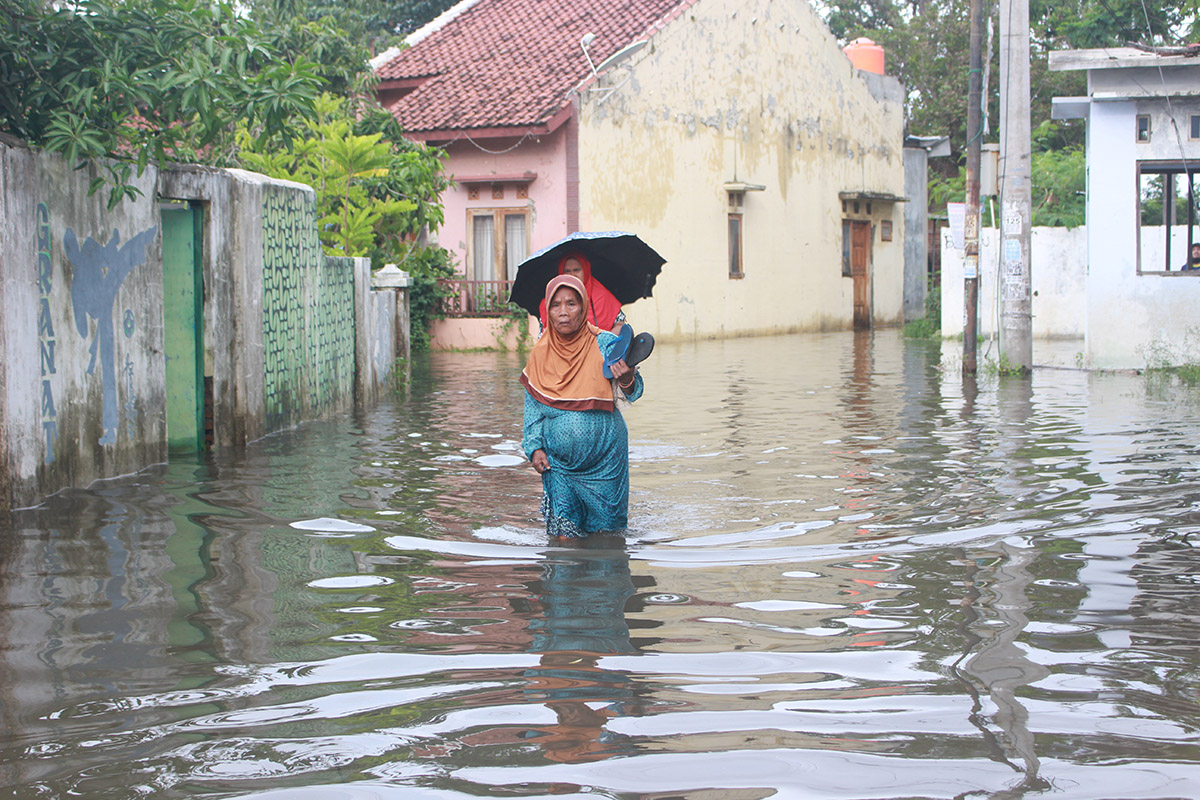“Helping Indigenous peoples to advance”
August 22 The Commonwealth includes diverse indigenous peoples, writes Oghenekevwe Oghenechovwen, 17, a Commonwealth Correspondent from Warri in Nigeria, who looks at International Day of the World’s Indigenous People and ways to help keep distinct cultures vibrant.
The Commonwealth includes diverse indigenous peoples, writes Oghenekevwe Oghenechovwen, 17, a Commonwealth Correspondent from Warri in Nigeria, who looks at International Day of the World’s Indigenous People and ways to help keep distinct cultures vibrant.
“…The language of my education was no longer the language of my culture.” – Ngugi Wa Thiongo (Writer)
The Commonwealth’s 53 member countries and population of 2.2 billion includes people of distinct culture, language, traditional land, and identity, known as indigenous people, native people, or aboriginal people. Since 1994, the International Day of the World’s Indigenous People is observed on August the 9th(1), with the goal of creating international awareness of and sustainable solutions to the serious threats, such as exploitation, abuse of human rights, climate change, and marginalisation faced by the indigenous peoples.
Inspired by the Sustainable Development Goals, the aspiration of Commonwealth Secretary-General Baroness Patricia Scotland, QC, is to put the common back in the Commonwealth, and the workings of the Special Interest Group Standing Committee of the Commonwealth Youth Council(2). This article explores stories of the indigenous populations of the Commonwealth, the threats they face, effect of these threats on their lives, and practical, simple solutions to these threats using social technologies and methods.
Living through history
From the Benet people of Uganda to the Ibans of Malaysia, Māoris of New Zealand, and the Inuit of Canada, the same story exist. The echoes of their distinct voices have remained. There are many more indigenous peoples who have also lived through history within the regions of Commonwealth member countries. For example, in Sub-Saharan Africa alone there are around 45 million indigenous people.(3) Their cultures and ways of life differ significantly from the dominant society. Being keepers of some of the most biologically diverse areas, speakers of thousands of different languages (many of them endangered), and carriers of ancient lore and cultures, indigenous populations contribute to international common heritage.
Why the fuss matters
Many times, indigenous populations are the weak minorities threatened by the systems of the strong, dominant majorities. They are discriminated against because they are seen as less innovative and less developed. They suffer from both social and political marginalisation. Exclusion from societal processes such as elections, and from services such as health care and education threaten their rights and survival.
Where little education is available, indigenous people are often required to receive it in the language of the dominant society! This doing is what Article 14 of the UN Declaration on the Rights of Indigenous People aims to end: “Indigenous peoples have the right to establish and control their educational systems and institutions providing education in their own languages…”(4)
There is also the issue of the exploitation of indigenous populations. Their ancestral lands and territories are sometimes taken away without their consent, or without compensation. In 1991, for example, the Batwa of Uganda were dispossessed of their ancestral land when the Bwindi forest was gazetted as a national park.(5) In other cases, land pollution and degradation sets in as a result of the massive extraction of natural resources.
Climate change unfairly burdens indigenous populations as they have high poverty levels, and therefore cannot obtain cutting-edge technologies that are capable of reducing significantly the impact of climate change. Though climate policies and decisions are made in societies where indigenous people live, they do not portray equity because their opinions are not engaged.
Necessary solutions for advancement
Inclusion and advancement of indigenous peoples of the Commonwealth takes collective effort, and is key for society to thrive. Collaboration between indigenous advocacy groups, individuals, governments, and businesses is one of the ways to ensure inclusion and advancement, as it allows for more achievement and better outcomes than could have been attained alone.
Collaboration expands the vision of these bodies, thus leading to increased local and international awareness: campaigns can now be transmitted to a mammoth number of people. Collaboration enhances access to resources and expertise, and generates creativity for promoting and building indigenous communities.
“There is so much we still do not know about ecology and biodiversity, through the years indigenous people have amassed traditional and ecological knowledge,” says Babatunde Paul, a young social innovator in Nigeria. “Collaboration is a good strategy for quick learning.”
Community mapping, an exciting social tool, is a necessary solution for the advancement of the indigenous peoples of the Commonwealth. Mikel of GroundTruth Initiative believes that; “…the excitement of community mapping is beyond the data that’s being created, but the possibility of a fundamental shift in the power dynamics of how development is practiced. If people know the facts about their own lives, they have more power to call to account those institutions which are supposed to serve them, and ultimately, to improve their lives themselves.”
Community mapping should entail indigenous people actively participating in the mapping of their own community, as this would give them a chance to show what’s happening from their point of view. The resulting data and information, when made open to the public, is going to lead to greater transparency from the indigenous communities on up. Community mapping is a worthwhile tool with long roots that can be part of a larger development, local planning, or advocacy process.
Finally, local content development is important in transferring technology and innovation to indigenous people, and developing their local know-how. It is politically and societally sensible to invest massively in the development of indigenous peoples of the Commonwealth. Promotion of indigenous cultures, stories, music, celebrations, arts, handiwork, and inventions through offline and online means is another sustainable way to ensure the survival of indigenous populations.
On Twitter, follow #WeAreIndigenous, @UrCorrespondent, @Official_CYC and @c_chovwen to share your thoughts and questions.
Sources: (1) United Nations Events
(2) Special Interest Group Standing Committee, Commonwealth Youth Council
(3) 5. International Work Group for Indigenous Affairs (IWGIA)
(4) United Nations; Article 14 of the Declarations on the Rights of Indigenous Peoples
Photo: Pat Halpin
…………………………………………………………………………………………………………………
About me: A B.Tech. student of Meteorology and Climate science (FUTA), I am an idealist, observer, a leader, creative writer and ready volunteer.
I am interested in volunteering, youth and education, leadership, women empowerment, climate change, politics, media and information technology.
My ambition is to make change and cause global reformation with my pen, resources and time.
…………………………………………………………………………………………………………………
Opinions expressed in this article are those of the author and do not necessarily represent the views of the Commonwealth Youth Programme. Articles are published in a spirit of dialogue, respect and understanding. If you disagree, why not submit a response?
To learn more about becoming a Commonwealth Correspondent please visit: http://www.yourcommonwealth.org/submit-articles/
…………………………………………………………………………………………………………………




